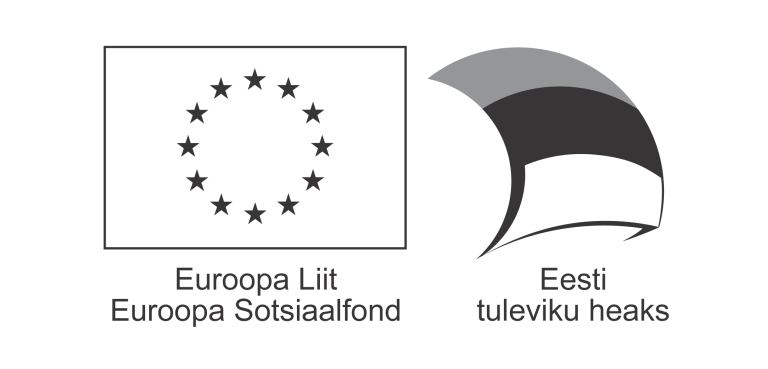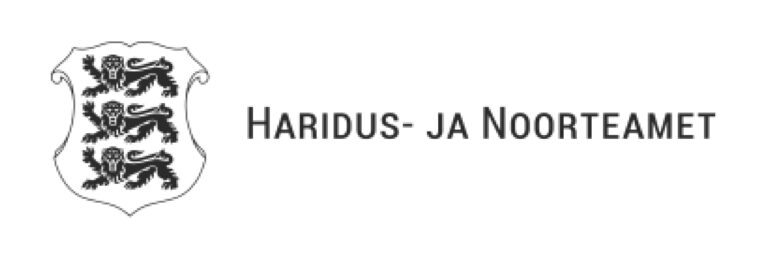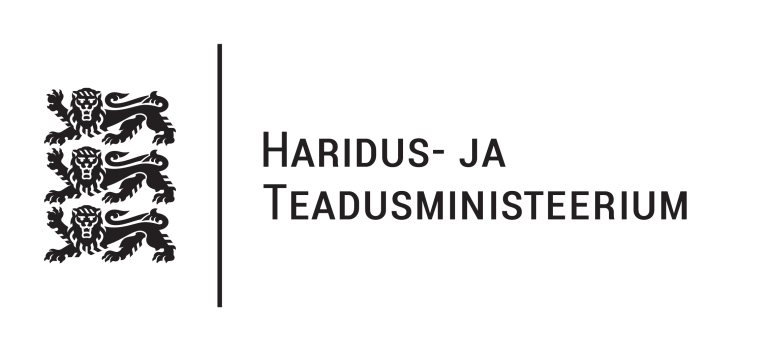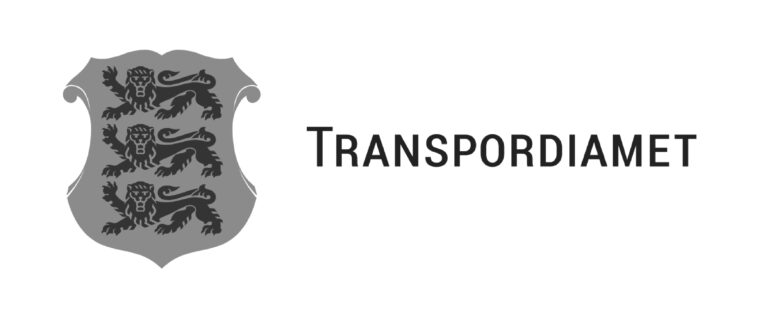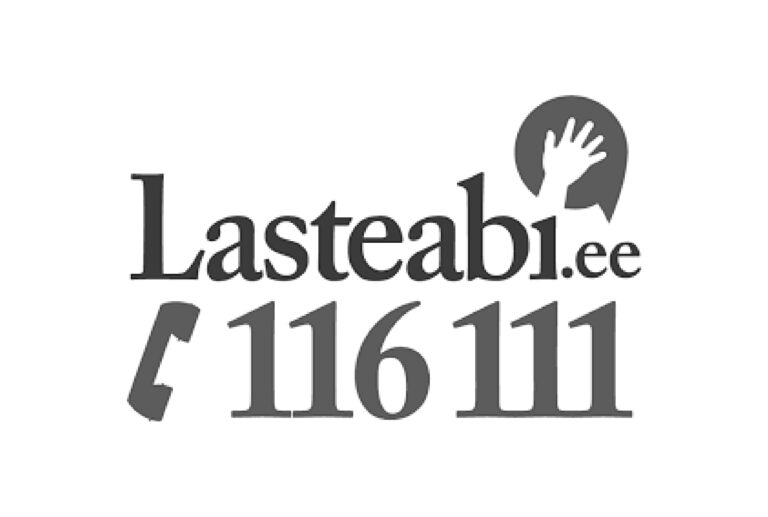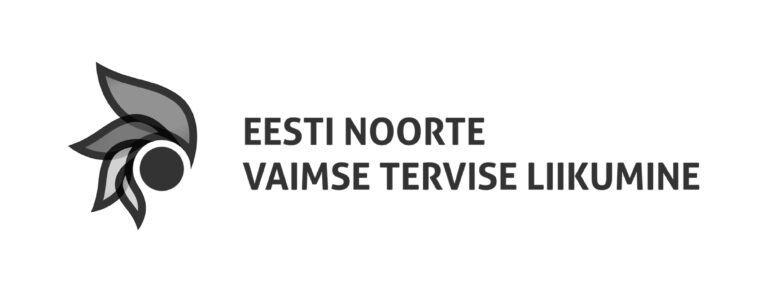When applying for a job, you need to prepare some documents, so that your future employer can assess your suitability and readiness for the desired job. Employers usually want to familiarise themselves with your CV. They are also increasingly interested in other documents, for example, a motivation letter.
Applying for a job is usually done online. There are many portals and websites where you can view job offers. You can also send in your documents through these websites. In most cases you can also send your applications by email, and sometimes by mail.
When applying for a job, the employer could ask you for the following documents:
- Your CV or resume.
- An application or cover letter. That is an official request to apply for a job.
- A motivation letter where you express your desire to start working on a certain job.
- A letter of recommendation which is usually issued by previous employers and collaborators, and which describes your skills and strengths.
In addition, they could ask for documents to prove your education or evidence of training. Make sure to check the job offer for exactly what is expected of you.
We will introduce all application documents in a little more detail:
CV or resume
The purpose of the CV is to inform the employer of your suitability for the job offered. That is why it is important to consider, before applying, what the requirements for this job are, and what your skills, experience, and personality traits are. The CV should first and foremost stress those skills and qualities that the employer has listed in the job advertisement.
A CV includes:
- personal information,
- education acquired,
- previous jobs or work experience (for example, volunteer work, internships, summer jobs),
- other knowledge, skills, and experience that will be useful when applying.
For example, if you’ve been active in a youth organisation, student council or you’ve done volunteer work, you should list that in your CV. If you’ve previously worked in a company or organisation, or participated in training, you should write that down, too.
When formatting your CV try to use a format that will help you highlight the most important information at first glance. The titles of the different sections of your CV – such as education, work experience, etc. – could be in prominent letters (e.g. bold or in capital letters), so that the reader could easily find the necessary information. Fortunately, Teeviit CV has done all that for you. All you need to do is add your experience.
A few more recommendations:
- If you want to add a photo to your CV it could be a passport photo or just a 5×6 portrait photo which is usually placed in the upper right corner of the CV. When choosing the photo, think about what impression you want to make on the employer.
- The length of the CV should be up to three pages. The employer might not read a CV that’s too long.
- Before sending your CV read it carefully! Make sure that there are no spelling mistakes and that your contact information is correct, so that the employer could contact you if need be. If you are not sure about your spelling, ask an acquaintance or a friend to review your CV.
Application or cover letter
The purpose of the cover letter is to inform the employer about which job you are applying for, and that you have read and agree to the terms and conditions set by the employer.
Since, in most cases, CVs are sent electronically, you can put your cover letter in the body of the email with which you send your CV to the employer.
The cover letter should include:
- an address to the leader of the company/institution or the organiser of the contest,
- a title referring to a specific vacancy,
- confirmation that you want to be considered for the position,
- a short explanation of why you think you might be suitable for the job offered.
It is good practice to limit the cover letter to half a page to one page, end it on a positive note, and sign it with your name and contact information.
Motivation letter
A letter of motivation is a more thorough version of the cover letter. It allows you to draw attention to your strengths and previous professional achievements. When writing a letter of motivation, remember that its content should spark an interest in the employer to meet you.
Some recommendations:
- Address the letter to a specific person or company.
- The maximum length is usually one page. It is recommended to use one of the most common fonts, like Times New Roman or Arial with a font size between 10 and 12 pts.
- Read more about writing a motivation letter here.
Letter of Recommendation
A letter of recommendation should be written by your previous employer, supervisor, or colleague. A letter of recommendation is necessary to provide a potential future employer with reliable information about the candidate. If you ask someone to write a letter of recommendation, give them these instructions:
- A letter of recommendation could be written in free form or on a company template and it could include a short introduction about the company at the beginning.
- The information about the person recommended should highlight their skills, abilities, and character traits. In most cases, the candidate’s positive aspects are highlighted while also mentioning some qualities that need work. Even when describing negative qualities, it is necessary to highlight how they can be improved.
- A letter of recommendation should include an overview of a person’s work behaviour, knowledge, responsibility, initiative, creativity, ability to work independently, decision making, dedication, teamwork, organisational and communication skills, and how they get along with colleagues.
- It can also include a recommendation on which positions or jobs the person is best suited for.
Compiled based on Estonian Unemployment Insurance Fund www.tootukassa.ee.
The aim of the Unemployment Insurance Fund is to implement labour market policy.
Published in the youth information portal Teeviit in 2022.

